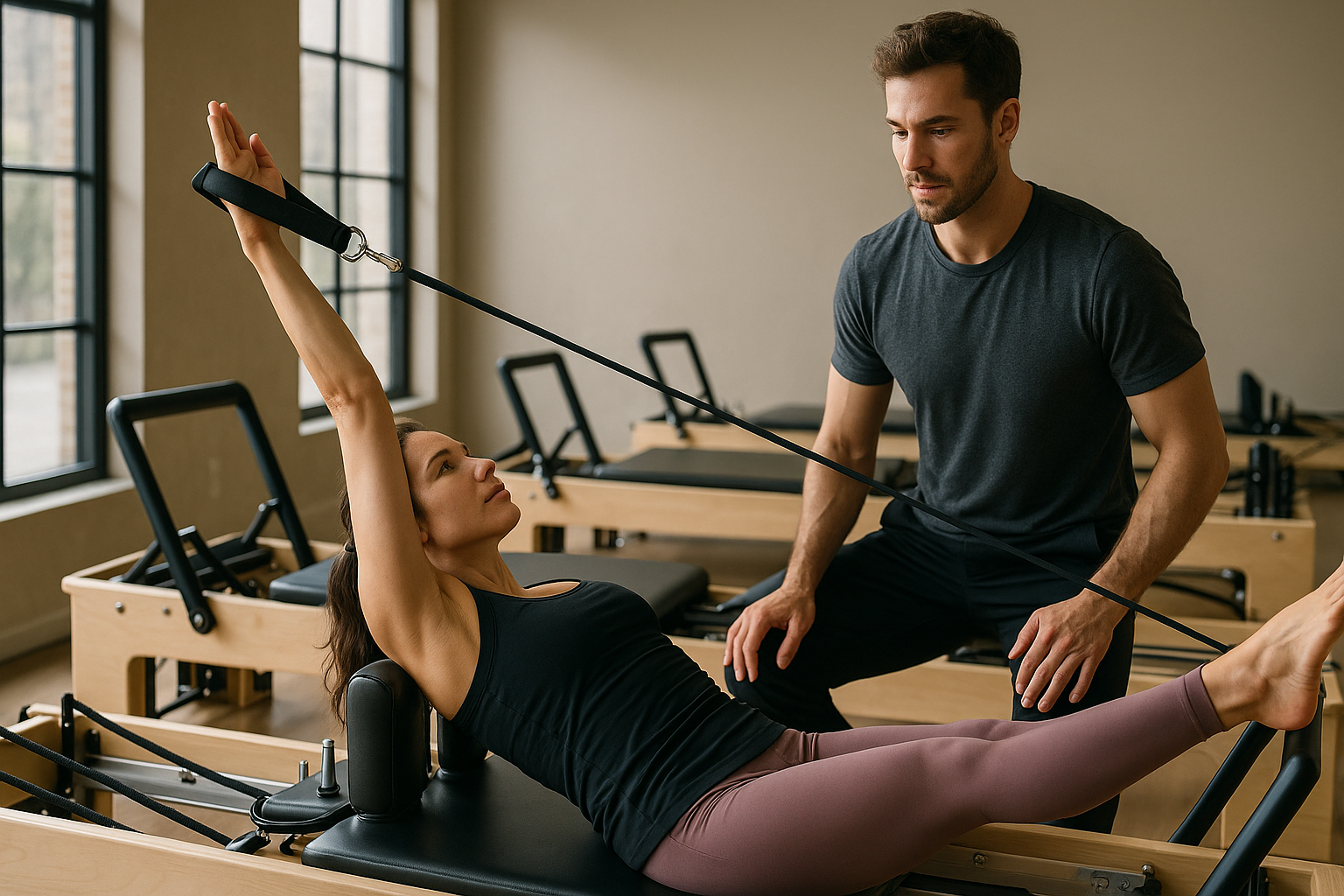Evening movement sequences to reduce fluid retention and promote skin circulation
A gentle evening movement practice can help reduce fluid retention and support skin circulation after a busy day. These sequences combine mobility, breathwork, and light strengthening to encourage lymphatic flow, ease tension, and prepare the body for recovery while supporting overall skin health.

A short, intentional evening routine of movement and self-care can ease swelling and encourage healthier skin circulation without heavy exertion. Focusing on gentle mobility, mindful breathwork, and light toning supports lymphatic drainage—the body’s passive fluid-transport system—and helps redistribute fluids that collect in tissues during the day. This article outlines accessible sequences and explains how posture, hydration, and nutrition complement movement to reduce puffiness and promote radiant, resilient skin.
This article is for informational purposes only and should not be considered medical advice. Please consult a qualified healthcare professional for personalized guidance and treatment.
skincare and evening movement
Incorporating movement with an evening skincare ritual links external care with internal circulation. After cleansing, try a five- to ten-minute sequence of limb elevation and slow joint rotations to encourage fluid return. Gentle ankle pumps and wrist circles performed while applying a night serum can help move stagnant interstitial fluid. Combining light self-massage with your moisturizer — moving from distal (hands and feet) toward central areas (heart) — supports lymph flow and assists topical absorption. This integration of movement and skincare can improve how products interact with warmed, perfused skin.
mobility exercises for lymph flow
Mobility-focused moves such as controlled hip hinges, cat-cow spinal waves, and shoulder rolls create alternating pressure and release in tissues, which stimulates lymphatic circulation. Perform each exercise slowly with attention to range: five to ten reps per movement can be sufficient. Gravity-assisted positions like lying with legs on a wall for five to ten minutes reduce lower limb pooling. Regularly including these mobility drills in evening routines can help reduce overnight fluid accumulation and support overall tissue health.
flexibility, posture, and gentle strength
Flexibility work and postural alignment reduce constriction in the thoracic outlet and the neck, common choke points for lymph and blood flow. Simple stretches—chest openers, gentle neck releases, and hamstring lengthening—paired with light resistance moves that encourage scapular stability promote both mobility and strength. Building modest strength in the posterior chain and core helps maintain upright posture during the day, reducing patterns that contribute to localized swelling. Aim for slow, controlled resistance exercises twice a week to complement nightly mobility.
breathwork and recovery techniques
Breathwork is a practical, low-effort tool to aid circulation and recovery. Diaphragmatic breathing, paced at a comfortable rhythm for two to five minutes, increases thoracic pressure variation and supports central lymphatic return. Pair breathwork with progressive relaxation or guided body scans to reduce sympathetic arousal; this can lower cortisol-driven fluid retention and improve sleep quality. Recovery practices such as short restorative yoga poses or a warm bath with light massage can further enhance circulation and skin perfusion before bed.
nutrition, hydration, and external therapies
Hydration and nutrition directly influence fluid balance and skin health. Consistent water intake, balanced electrolytes, and anti-inflammatory foods—rich in omega-3s, antioxidants, and micronutrients—support vascular integrity and reduce edema risk. Consider timing heavier meals earlier in the evening and moderating sodium intake late in the day if prone to puffiness. External therapies like gentle foam rolling, cupping, or professional lymphatic massage (check local services or providers in your area) can offer additional benefits when used appropriately and performed by trained practitioners. Seek guidance from licensed therapists for therapeutic massage techniques.
pilates, yoga, cardio, resistance and toning choices
Low-impact cardio and mindful movement systems such as pilates and yoga combine mobility, breathwork, and strength in ways that benefit circulation and skin tone. Short sessions of pilates-style core engagement or restorative yoga help maintain muscle tone without provoking inflammation. Light resistance training and toning exercises that focus on full-range movement stimulate local circulation and connective tissue resilience. For people who prefer more dynamic approaches, brief, moderate cardio earlier in the evening can support systemic circulation; avoid very intense workouts immediately before sleep if they disrupt rest.
practical tips and posture-friendly habits
Make small habit changes to reduce fluid accumulation: elevate legs periodically during evening screen time, alternate sitting positions to avoid prolonged compression, and integrate 1–3 minute mobility breaks every hour. Use ergonomic supports to maintain neutral posture and reduce vascular constriction in key areas like the neck and hips. If swelling is persistent or asymmetric, consult a healthcare professional to rule out underlying causes and to obtain personalized advice on compression garments, medical massage, or targeted therapies.
Conclusion Evening movement sequences that combine mobility, light strength, breathwork, and mindful recovery offer practical ways to reduce fluid retention and support skin circulation. When paired with adequate hydration, balanced nutrition, and thoughtful posture habits, these routines can contribute to less puffiness and improved tissue health. Tailor the intensity and duration to your needs, and consult qualified professionals when symptoms persist or when seeking therapeutic interventions.





